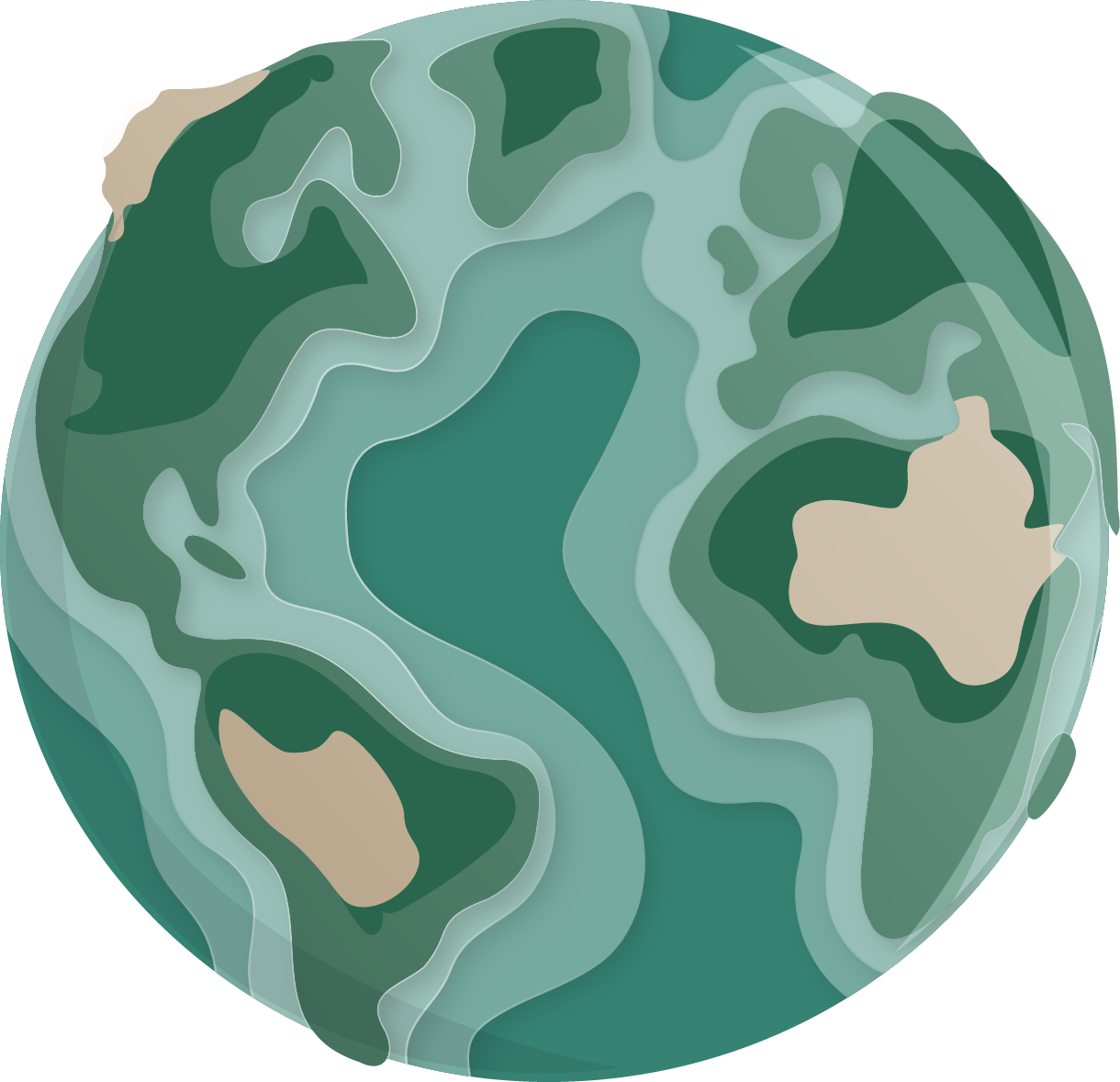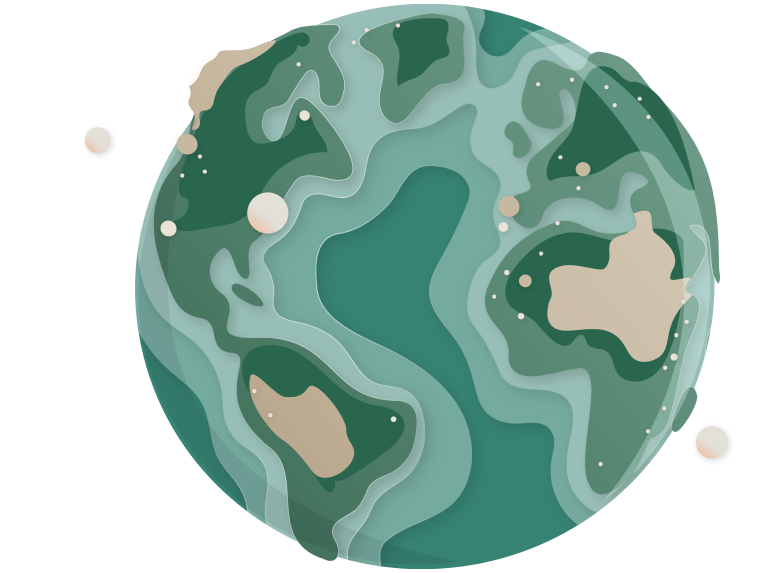
Reuse is the action of using something again and again, thereby continuously introducing it to the economy and maximizing its value. This Earth Day, reuse a single item — and then take the next steps to dramatically magnify the impact of that single act of reuse with families & friends, groups & teams, organizations, and, yes, even within global systems.


It’s a simple concept that we’re all familiar with: take an item and extend its life cycle as long as possible through recirculation, repair, or repurposing. At every scale, reuse saves money and cuts waste — in the end, it will take all of us to make a true impact. This initiative aims to build a habit of reuse in ourselves first.


What kind of impact could we have by spreading reuse to our homes, our schools, our businesses — even the entire global economy?

Our global economy is a take-make-and-dispose model, which means we often need to plan to reuse. Making a difference as one individual may seem difficult or even impossible.
Here’s the good news: it is possible — and we can help.
We’ll guide you through each category, deliver professional tips, and provide impactful examples. To equip you with actionable guidance to make reuse a reality, each scale also highlights a Reuse Action that can be found in the downloadable Reuse Initiative Action Plan.
Let’s start with the three common scales of impact.
Groups
5-15 people
Groups can take many shapes: book clubs, sports teams, or even your own household. Reuse at a group scale can be as simple as offering up a piece of furniture in a group chat with your neighbors.
Organizations
15-1,000 people
Organizations can look like the business you work for, a college alumni network, or a neighborhood block club. Reuse at an organizational level has an incredible capacity to match people with resources.
Systems
1,000-100,000+ people
Systems connect localized groups of people to each other. Think departments around a college campus, healthcare networks, or chambers of commerce in your city. Reuse at the system level can mobilize economic growth and reduce accessibility barriers, creating huge potential for impact.
Chances are this is something already happening in your day-to-day life. Let’s take an easy example: you recently cleaned out your home office and before tossing your unwanted chair or equipment, you texted your friends photos to see if they might want it, then donated any leftover, usable items. Sharing and exchanging amongst a group is the best way to begin scaling reuse.
50,000 lbs Diverted from landfill in Yale’s spring salvage program.1
$300,000 Worth of research assets were repurposed at UChicago’s Endocrinology Lab.2
52,000 tonnes
CO2 equivalent
Avoided every year through sofa reuse by families in the UK.3
Within an organization, it’s likely that there will be a portion of folks who offer up items for reuse and a much larger portion who watches for items to take. Both roles are important for building a habit of reuse. There will also be reuse allies to help initiate your goals. Identify key players in your organization and determine how you can get them on board.
393.5 kg Total waste diverted from landfill at S&P 100 Biopharma company.4
$250,000 Saved per year through a green labs program at University of Michigan Ann Arbor.5
10.6 million lbs Food donated to local food banks from Meijer.6
Incorporating reuse across an entire system takes buy-in from multiple stakeholders and decision-makers. Reuse leaders can influence others to take up the habit and keep items circulating. These leaders may be in charge of executing reuse opportunities across multiple campuses, organizations, or municipalities and governments. Knowledge-sharing across a community of like-minded people will help you identify potential wins and opportunities as well.
20.5 Billion New garments produced for the U.S. market end up in landfill.7
46,000 people Employed by Minnesota’s reuse sector.8
64,500 metric
tonnes CO2 equivalent
Saved via an Industrial Symbiosis Project in Cape Town, South Africa.9
The valuation of materials and people is important. If you just value purchasing materials by price, and do not value the cost to the planet and cost to the people in extracting those materials, transporting those materials, and converting those materials to products, then you are missing the value game completely.
Padmini Ranganathan
Global Vice President, Product Strategy, SAP

Reuse is the intentional act to maximize a product’s life span & utility in the most efficient, responsible, and equitable manner possible, simultaneously designing out waste and combatting mass consumption.
John Holm
Vice President, Strategic Initiatives, Pyxera
Movements start at the local level. SF is working to prove that a circular economy can benefit all residents: responding to the climate crisis, increasing jobs, contributing to recovery, and rewarding innovation.
Material rescue and reuse epitomizes climate action for the building industry, honoring embodied carbon and upending the prevailing linear take-make-waste pattern. Quality items can be redistributed to those who need it most, instead of going to landfill.
Eden Brunkman
San Francisco Department of the Environment


Reuse is an integral part of shifting the world’s economy to a sustainable, circular model, which — when accomplished — would net a total, global impact of $4.5 trillion in savings.10
Start making an impact today by pledging to reuse one item, then take the next step by downloading your action plan and scaling reuse across your groups, organizations, and systems.
Download your action plan
